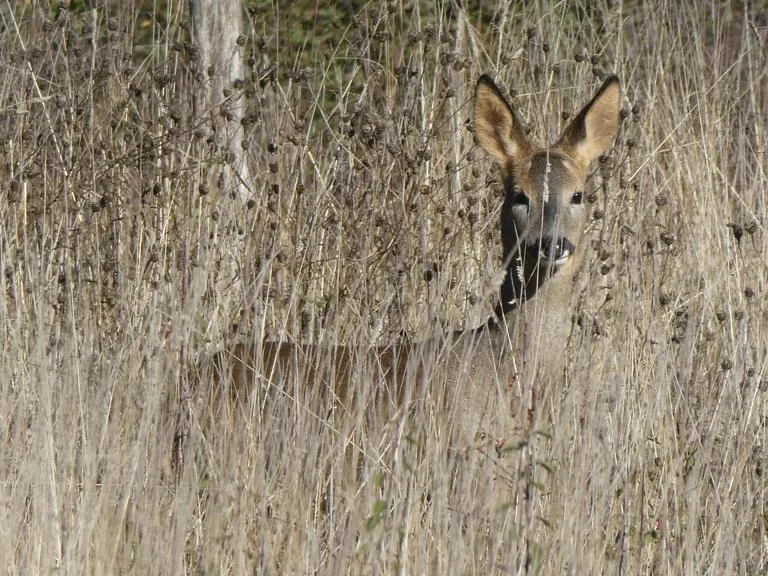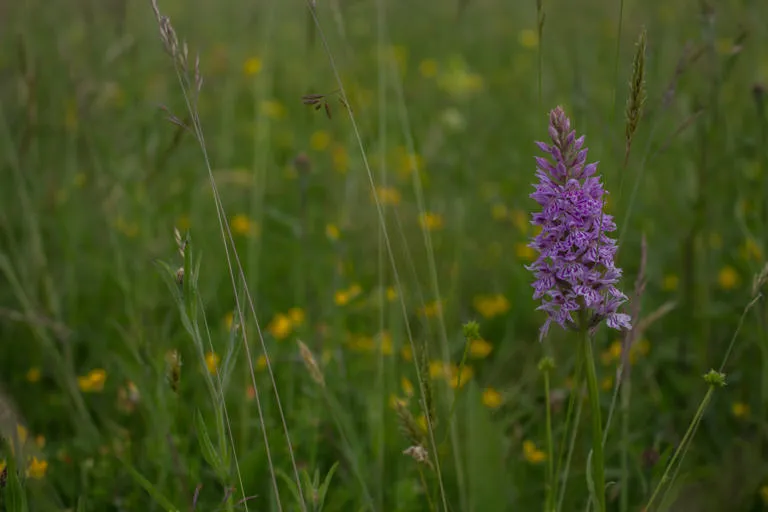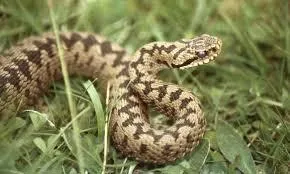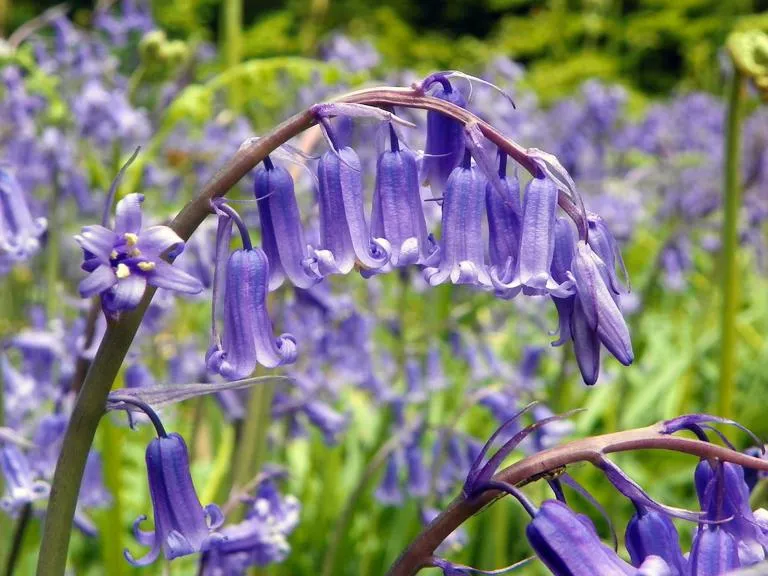Ashtead Common wildlife
Ashtead Common's diverse habitats support a wide variety of plant and animal species including several hundred species of fungi, lichen and mosses. Some 50 different species of trees and shrubs and more than 300 other species of plants can also be found here, including the greater yellow rattle, bluebell, wood anemone and the southern marsh orchid. The Common is a mosaic of woodland, grassland, scrub and various wetland habitats including ponds, streams, ditches, springs and a well - perfect for exploring in nature. Carefully managed through pollarding, the thousands of veteran oaks are an impressive sight and support many rare plants, invertebrates, fungi and lichen.
Ancient pollards
Think of an ancient tree and words that might come to mind are gnarled, knobbly, huge, bent and hollow. These sorts of characteristics are just as important as the actual age of the tree, but the term ancient is applied specifically to trees that are ancient in years. Ancient trees are those which have reached a great age in comparison with others of the same species. Many of these trees have survived due to pollarding whereby the branches are periodically cut. Historically this would have been for fuel or fodder for livestock but is typically carried out today solely to encourage slow, dense growth for the benefit of wildlife.
What to look out for
Botanical interest centres on the species of the ancient woodland including bluebells, early dog-violet, wood anemone, yellow archangel and dog's mercury.
In the meadows you can find a variety of spring and summer wildflowers, grasses and sedges including southern marsh orchid, cuckoo flower, delicate Yorkshire fog and greater yellow rattle.
The assemblage of breeding birds found on the site contributed towards its designation as an SSSI and is of national importance. Records show sightings of 90 different bird species, of which over 40 species are known to breed regularly here. Watch out for nuthatch, woodcock, warblers, finches, sparrowhawk and listen for the screeches of green woodpecker and tawny owl.
Ashtead Common is one of the most important invertebrate sites in the UK. There are more than 1,000 beetle species on the site, of which 130 are noted as being nationally rare. Invertebrates associated with wood-decay are of note with six species of beetle and five species of fly listed as being of special interest under the SSSI designation.
The dappled sunlight of woodland edges, glades and rides as well the open meadow offers plenty of chances to see butterflies basking on warmer days including orange tip, speckled wood, green hairstreak and brown argus.
The large area of oak pollards (relic woodland pasture) provides an important habitat for specialised butterflies such as the mighty purple emperor and purple hairstreak.
Taking a stroll just before dark you may be rewarded by a sighting of a Serotine bat, which is one of Britain’s largest bats. Other species include common pipistrelle and soprano pipistrelle. The presence of mature trees alongside open pasture and standing dead wood provide good habitat elements for feeding and roosting. Roe deer are frequent visitors seen grazing in and amongst the meadow grasses and in the woodland understory.
The woodland tree species are predominantly oak with a few silver birch and an understory of holly, bramble and hazel. These areas have a high proportion of standing deadwood as a result of many storms over the past few decades. This is a valuable habitat for a variety of saprophytic invertebrates which feed off of the dead and decaying wood.
In damp autumn months a wide selection of fungi can be found on the trees or emerging through the leaf litter below. Ashtead is a regionally Important Fungus Area, it holds significant populations of rare fungal species of European or UK Conservation Concern. There are records of 324 species, including the rare oak polypore. Seven species are of current concern based on recent BAP lists and Red Data List 2 (a list of rare, threatened or vulnerable species in the UK). There are 71 recorded lichen species, 31 mosses and eight liverworts which can be found growing in abundance on the veteran trees.
The areas of running freshwater (The Rye, seasonal streams, boundary and drainage ditches) support a variety of aquatic vegetation and fauna that is quite different from those of the ponds and their associated wetland. All add to the overall diversity of Ashtead Common. The watercourses provide a natural corridor, linking wetland areas and helping sustain healthy and viable populations of aquatic wildlife; including dragonflies and damselflies, and breeding birds.
The Rye supports breeding populations of minnow and three-spined stickleback.
Five species of amphibian are found in the network of ponds, streams and ditches, including the great crested newt. The site is also home to four of the six UK species of reptile, including adder.



